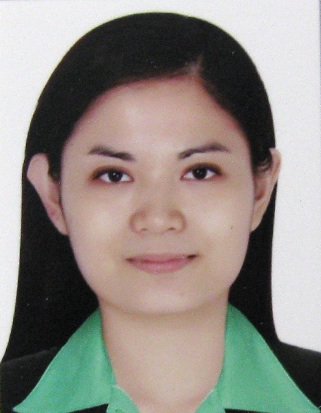Louise Anne Marcelino

The CIMAM Conference which I had the privilege of attending revolves on the central theme, How Global Can Museums Be? This query provokes reflection on the museum’s potential to resist and redefine boundaries. Similarly, such question speculates on the museum’s capacity to survive the future. As we have learned from colleagues representing various institutions and collectives in different capacities, there are numerous pressures that impinge upon the museum. Cultural context, institutional framework, economic and political climate, among other specificities; shape the way art is mediated and perceived in the museum. As a student of Museum Studies and a museum professional reared in an Asian context, issues in traditional museum display and representation of everyday objects struck me. The presentation by Professor Shigemi Inaga for example, demonstrated how culture-specific rituals, which are related to an object’s social life, are often obscured in the context of museum display.
The above is a question of limits as much as it a question of potential. The museum’s ability to cope with global conditions is being set out as criteria for judging its relevance. Today, it remains productive to ask, which yardstick do we adhere to gauge the museum’s so-called success? The presentations reminded us that there is no single formula that can be applied to museums to ensure it will forever remain significant. We were alerted to the ways museum professionals around the globe have dealt with crises. We saw how museums are able to thrive with barely a collection in place. How organizers are able to realize exhibition projects in platforms beyond the museum; and its inverse, the openness of museums to projects that overcome the confines of art. Or how curators have answered to consequences of putting up questionable, controversial, or potentially offensive exhibitions. The latter presents a challenging case. Having in mind fairly recent examples, among them the closing down of an exhibition which offended the religious majority in 2011 where I come from in Manila, all the more I believe in the potential of the museum to generate reactions from various publics and through all sorts of platforms, among them the social media. While there are consequences that tend to go out of hand when organizing exhibitions that may defy expectations and long-cherished beliefs, museum professionals must always strive to create compelling exhibitions nonetheless. That, while upholding artistic freedom, and creating a balancing act between the institution and the public(s) to which the museum addresses itself. When the museum opens itself up for discourse, when it empowers, or when it creates opportunities to unsettle, then we can perhaps be optimistic about its future.